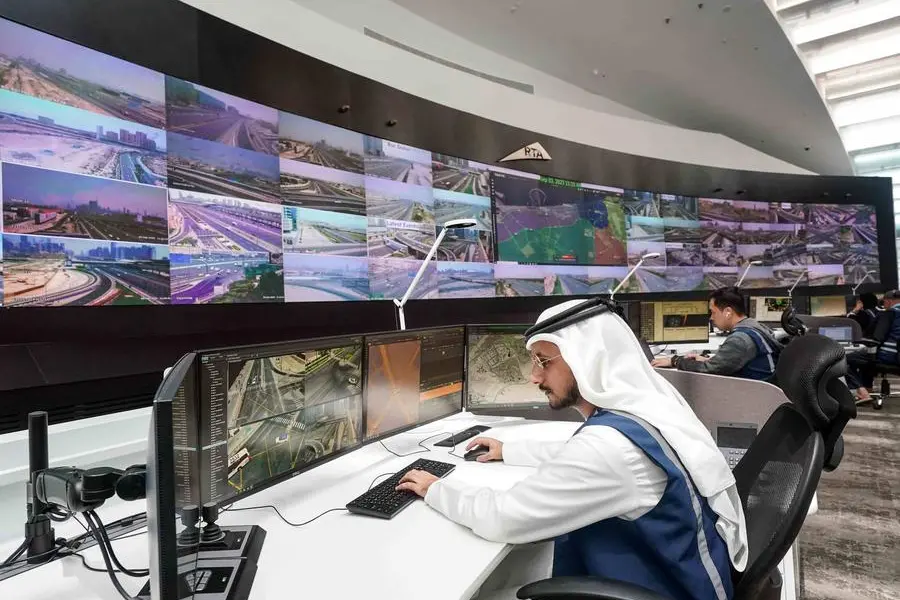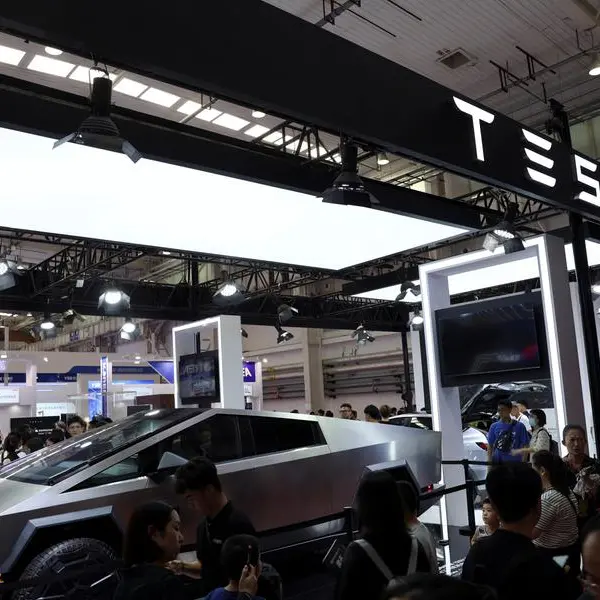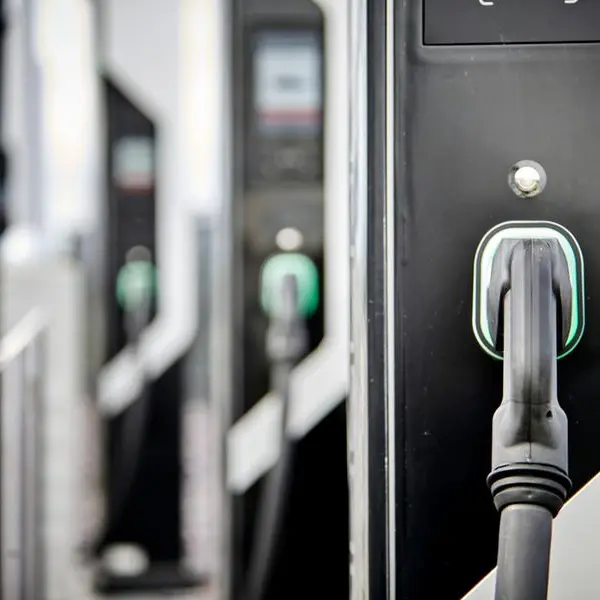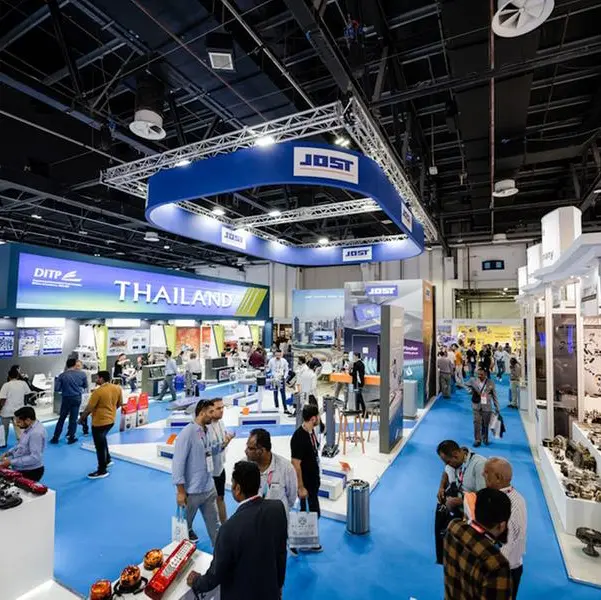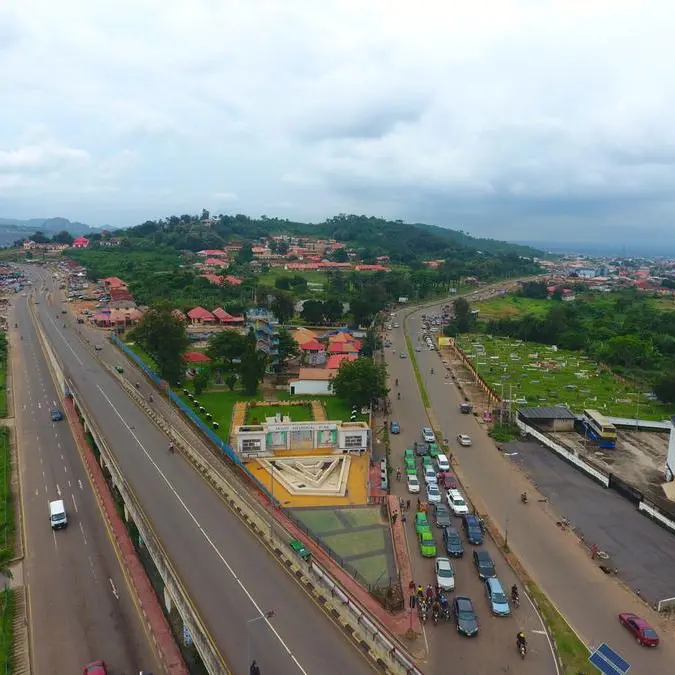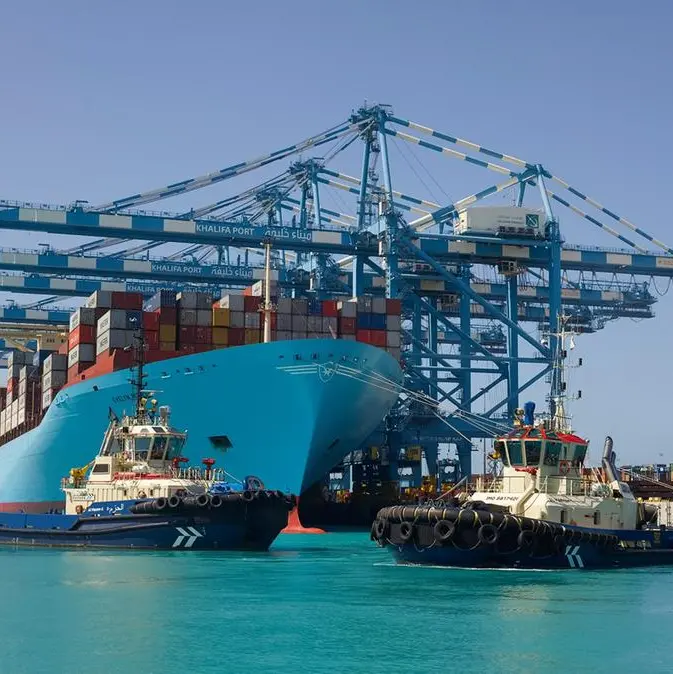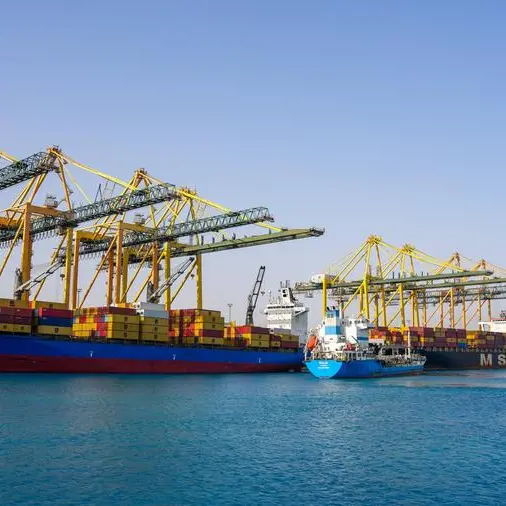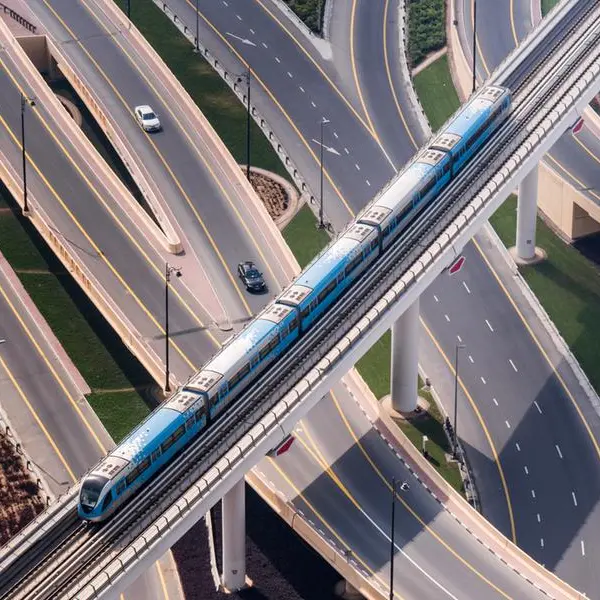PHOTO
Dubai’s Roads and Transport Authority (RTA) has started the study and design of Phase II of ITS Improvement and Expansion Project.
This phase aims to cover 100 percent of the emirate's main roads and adopt the latest intelligent technologies and software, such as the Cooperative Intelligent Transport Systems (C-ITS), expanding the use of advanced ITS technologies, and conducting a benchmarking study with leading cities in the field of transport.
This is In line with the directives of His Highness Sheikh Mohammed bin Rashid Al Maktoum, Vice President, Prime Minister and Ruler of Dubai, to expand the scope of the Intelligent Traffic Systems (ITS) and support Dubai's efforts to become the smartest city in the world
Mattar Al Tayer, Director-General, Chairman of the Board of Executive Directors at RTA, said, “Phase II of the Intelligent Traffic Systems project will expand the coverage of the main road network from the current 60 percent to 100 percent by 2026. Accordingly, the length of the road network covered by the system will extend from 480 km to 710 km.
This expansion will enhance road network management and traffic flow through better monitoring, faster response times to incidents, and providing instant information to the public about the condition of the road network via new Variable Message Signs (VMS) and smart applications to help distribute traffic effectively. The project enhances personal mobility by integrating modern and advanced technologies and self-driving transport solutions thanks to providing a comprehensive ITS infrastructure designed to meet current and future needs.”
Explaining the features and impact of the project, Al Tayer said, "The initial phase of the project included the addition of 116 traffic surveillance cameras, bringing the total to 311 cameras, the installation of 100 incident monitoring and vehicle counting devices, increasing the total to 227 devices, installing 112 Variable Message Signs (VMS) that relay real time information about road conditions, fitting 115 travel time and speed measurement devices, setting up 17 weather sensor stations, and constructing 660 km of electric power lines and a fibre optic network with a total length of 820 km.
The project has improved incident monitoring by 63 percent, reduced response times by 30 percent, enhanced traffic flow, increased traffic management efficiency, and reduced journey times by 20 percent through Variable Message Signs (VMS). These results were facilitated by using VMS, enhanced linkage and integration with the Enterprise Command and Control Centre and the Dubai Police General HQ."
RTA manages traffic in the emirate through the Dubai Intelligent Traffic Systems Centre at Al Barsha, one of the largest and most sophisticated traffic control centres globally. The centre employs innovative technologies and traffic management systems to meet Dubai's expansion and make it one of the world's leading cities in ITS, alongside Singapore and Seoul.
The Dubai ITS Centre is a crucial hub for managing traffic in Dubai. It has an integrated technology platform which utilises artificial intelligence, big data, the Internet of Things, advanced communication systems, and various monitoring devices to provide smart services and gather important information.
The centre oversees Dubai's current and future road networks and maintains a 100 percent connection to the traffic lights control system. It also features an advanced traffic control system called "iTraffic," enhanced by AI technologies and big data analysis tools to support decision-making.
The centre's responsibilities include ensuring the smooth flow of traffic, managing incidents and emergencies, monitoring operational systems, and reporting malfunctions.
